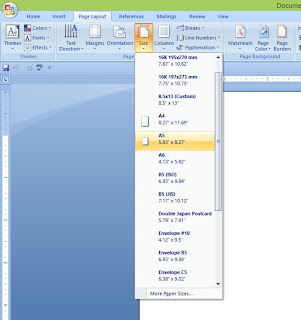When you create a table and populate it with
information, the following stage is to organize the table. Appropriate
designing will enable your table to pass on simply the data you need it to.
Design Ribbon under Table Tools
As a major aspect of the Office 2007 interface, extra tabs and menu things are uncovered to the client when they are required. For this situation, another abnormal state tab, Table Tools, is added to the interface at whatever point you are collaborating with a table component inside a Word document. The two tabs under Table Tools contain the majority of the different designing tools you have to modify your table. In Word 2007, whenever you are inside a table within your document, the Ribbon interface changes to the Design Ribbon under Table Tools.

In application package MS
Word 2007, whenever you are inside a table within your document, the Ribbon
interface changes to the Design Ribbon to make your look professional.
From the Design Ribbon, you can set
configuration qualities like header row, first column, shading, borders and
color. You can utilize one of the predefined styles recorded on the Ribbon or
you can create something all alone. These arrangement settings can be connected
to a particular cell, row, column, or to the whole table.
The Design Ribbon likewise incorporates an
area where you can set the sort of line you might want to utilize, the point size
of that line, and the color of that line. As shown below;
In another zone on the Design Ribbon under Table Tools, you can set
shading and place or evacuate border lines. The quantity of decisions offers
you a gigantic measure of designing adaptability. Check the diagram below;

Thank for perusing stay tune for the following instructional exercise


















